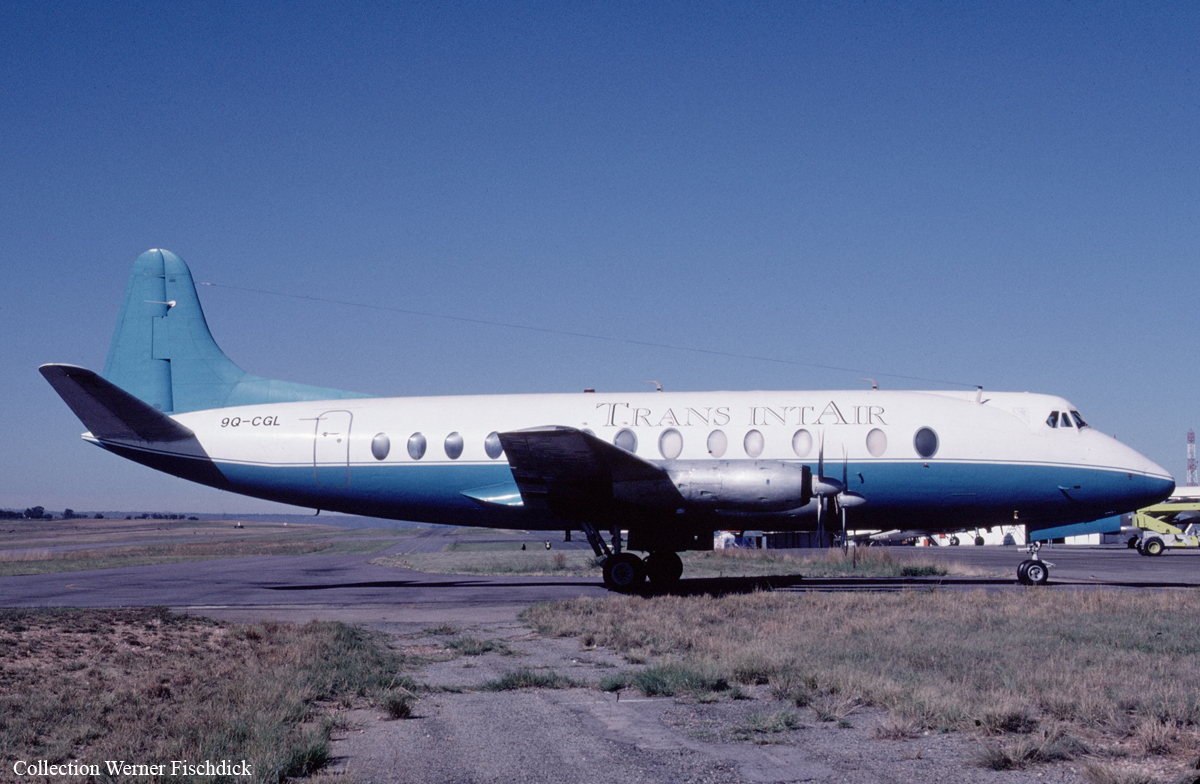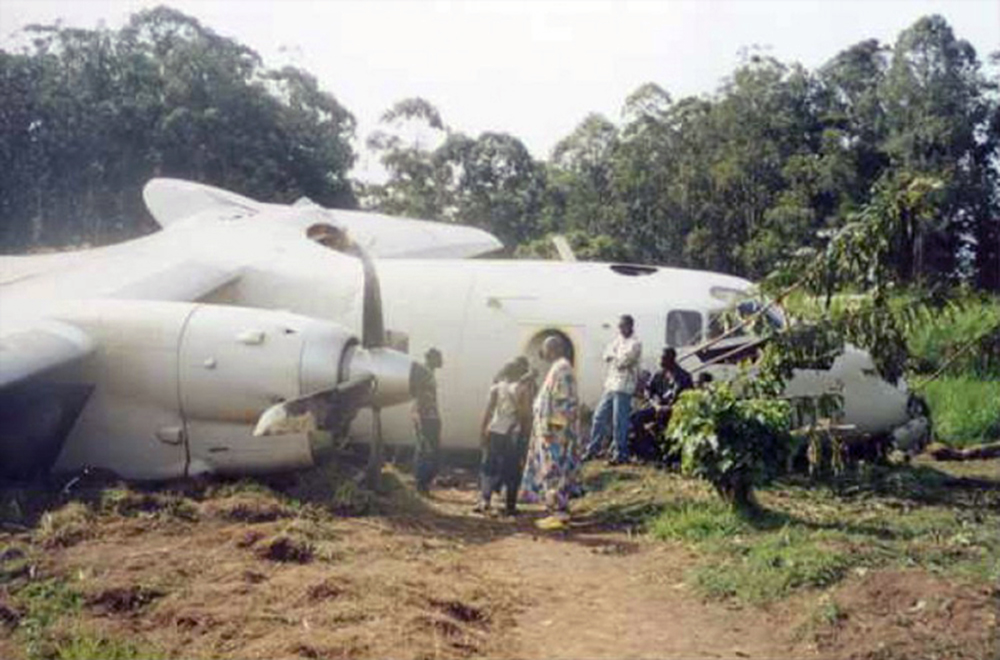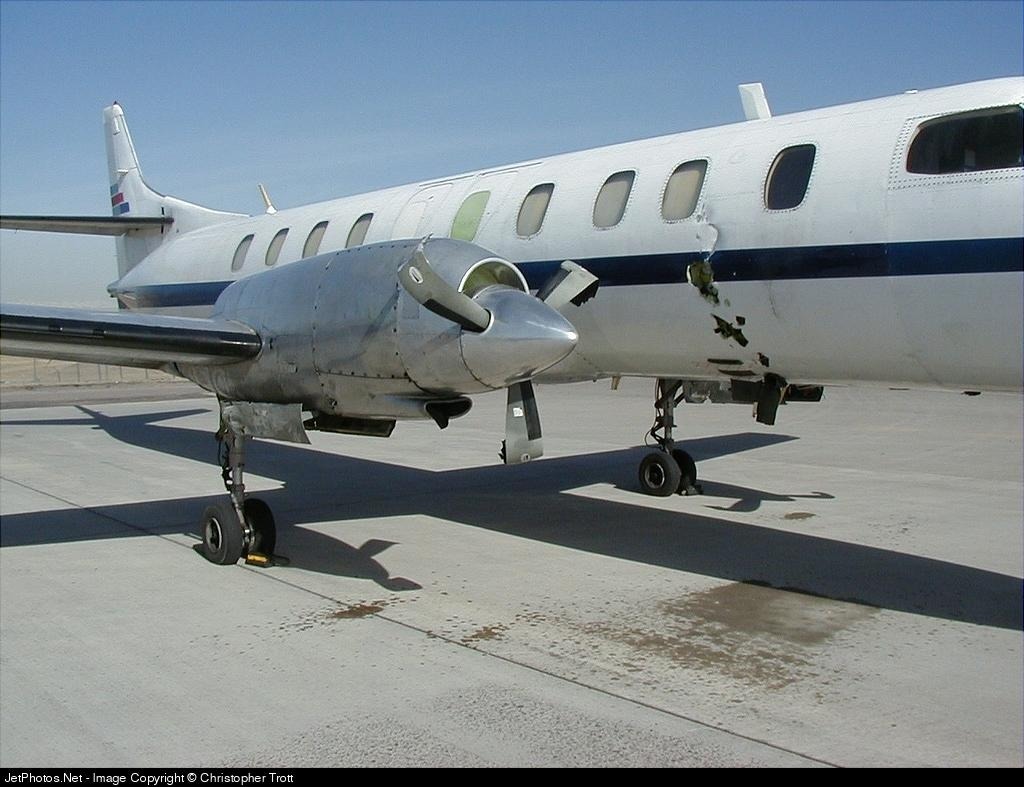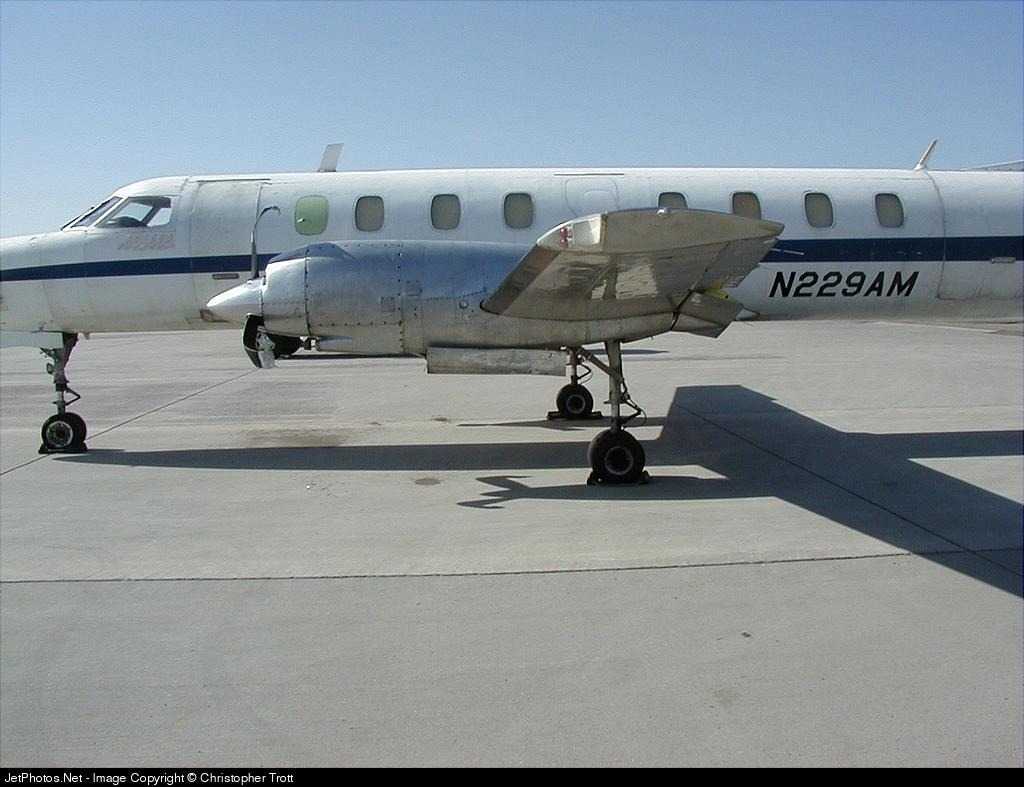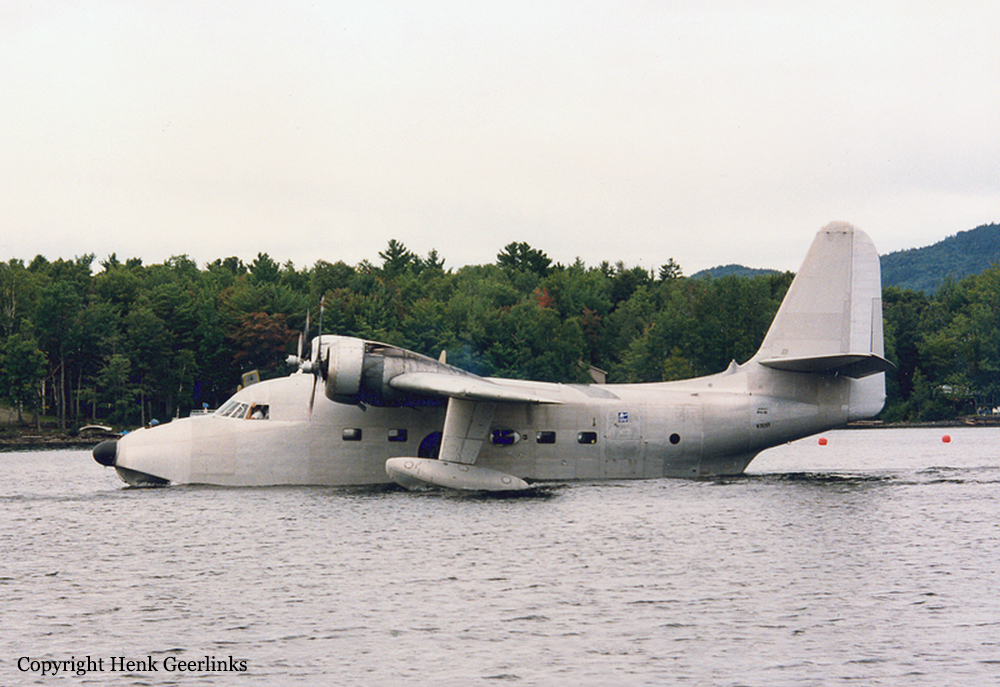Crash of a Beechcraft 1900C-1 in Kinshasa
Date & Time:
Apr 29, 2003 at 1930 LT
Registration:
TR-LFQ
Survivors:
Yes
Schedule:
Brazzaville - Kinshasa
MSN:
UC-80
YOM:
1989
Crew on board:
2
Crew fatalities:
Pax on board:
13
Pax fatalities:
Other fatalities:
Total fatalities:
0
Circumstances:
The twin engine aircraft departed Brazzaville on a charter flight to Kinshasa, carrying 13 passengers (all Air France crew members) and two pilots. On approach to Kinshasa, the crew encountered poor weather conditions with thunderstorm activity, heavy rain falls and strong crosswinds. After touchdown, the aircraft became unstable, deviated to the left and veered off runway. While contacting soft ground, the aircraft lost its undercarriage and slid for few dozen metres before coming to rest beside the runway. All 15 occupants escaped uninjured but the aircraft was damaged beyond repair.
Probable cause:
It is believed that the aircraft became unstable at touchdown due to strong crosswinds. A inappropriate reaction on part of the pilot-in-command, an overcorrection or a wrong configuration may have been a contributing factor.





